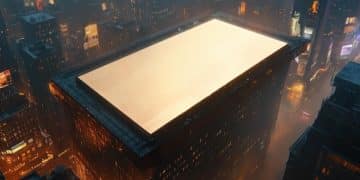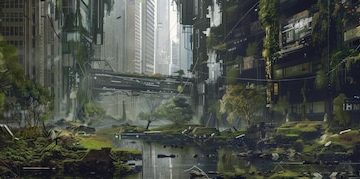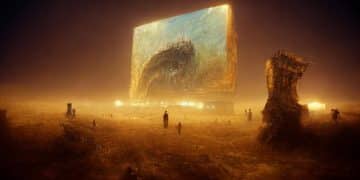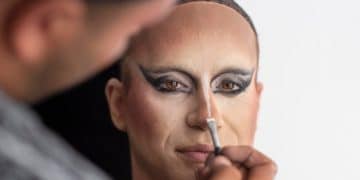Is CGI Overused? Examining Visual Effects in Recent Blockbusters
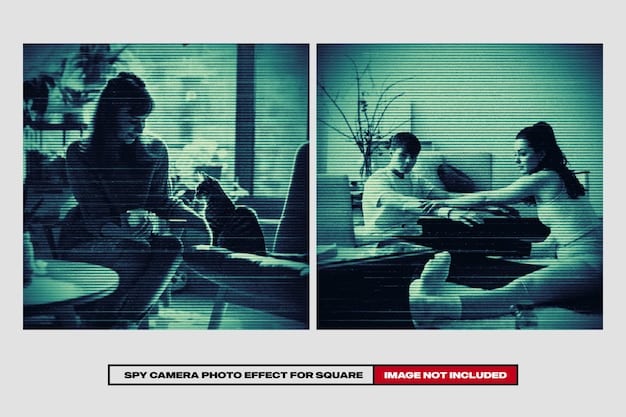
CGI’s pervasive use in recent blockbusters sparks debate; this article examines its impact on visual effects in three prominent films, questioning whether it enhances or detracts from the cinematic experience.
Has CGI become too dominant in modern filmmaking? This article delves into the visual effects of three recent blockbusters to explore whether the use of CGI overused? Examining the visual effects in 3 recent blockbusters enhances or detracts from the storytelling.
The Rise of CGI in Blockbuster Films
CGI (Computer-Generated Imagery) has revolutionized the film industry, offering filmmakers unprecedented control and flexibility over visual storytelling. But as CGI technology becomes more advanced and accessible, its prevalence in blockbuster films raises questions about its overuse and potential impact on cinematic artistry.
The shift from practical effects to CGI
For decades, practical effects reigned supreme in Hollywood. Elaborate sets, detailed miniatures, and innovative makeup techniques were the foundation of many classic films. However, the rise of CGI has gradually shifted the landscape, offering seemingly limitless possibilities for creating fantastical worlds and breathtaking action sequences.
Advantages and disadvantages of CGI
CGI offers numerous advantages, including cost-effectiveness for certain effects, the ability to create impossible scenarios, and enhanced control over the final product. However, it also comes with disadvantages, such as the potential for a lack of realism, the “uncanny valley” effect, and the risk of homogenizing visual styles across different films.
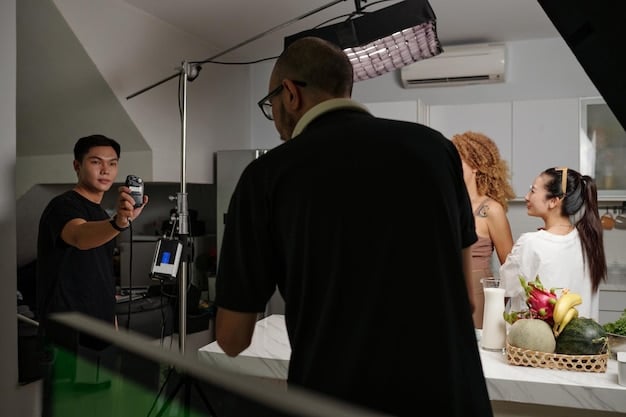
- Cost-Effectiveness: In some cases, CGI can be cheaper than elaborate practical effects.
- Unlimited Possibilities: CGI allows filmmakers to create anything they can imagine, regardless of physical limitations.
- Control: CGI provides precise control over every aspect of a visual effect.
The integration of CGI in blockbuster films has undeniably transformed the cinematic experience, presenting both unparalleled opportunities and potential pitfalls. The question remains: are we striking the right balance between digital enhancements and the more traditional, tangible methods of filmmaking?
Case Study 1: “Eternals” (2021)
“Eternals,” a 2021 Marvel Cinematic Universe installment, presents a compelling case study for examining the use of CGI. This film, featuring a visually diverse cast of immortal beings, heavily relies on CGI to depict their superpowers, cosmic landscapes, and epic battles.
The strengths of CGI in “Eternals”
CGI shines in “Eternals” when depicting the characters’ unique abilities. The vibrant energy blasts of Sersi, the cosmic constructs of Phastos, and the superhuman speed of Makkari are all visually impressive and effectively communicate the characters’ powers. The film’s grandiose scale, with scenes set across millennia and on different planets, is also effectively realized through CGI.
The weaknesses of CGI in “Eternals”
However, the overuse of CGI in “Eternals” also detracts from the film’s overall impact. Some visual effects appear unfinished or lack a sense of weight and realism, particularly during large-scale battle sequences. The reliance on CGI also diminishes the characters’ physical presence, making them feel less tangible and relatable.
- Inconsistent Visual Quality: Not all CGI effects are created equal.
- Sense of Artificiality: Over-reliance on CGI can give a film a sterile, artificial feel.
- Diminished Physical Presence: Too much CGI can make characters seem less real and relatable.
While CGI effectively showcases the cosmic scope and superhuman abilities in “Eternals,” its overuse occasionally undermines the film’s visual integrity and emotional resonance. A more balanced approach, combining CGI with practical effects, could have enhanced the film’s overall impact.
Case Study 2: “Dune” (2021)
Denis Villeneuve’s “Dune” (2021) stands in stark contrast to “Eternals” in its approach to visual effects. While “Dune” certainly utilizes CGI extensively, it does so with a clear emphasis on realism, grounding the fantastical elements in a tangible world.
Strategic use of CGI to enhance realism
In “Dune,” CGI is primarily used to enhance the practical elements, rather than replace them entirely. The massive sandworms, the harsh desert landscapes, and the futuristic technology are all visually impressive, but they are grounded in a tangible reality established through practical sets, detailed costumes, and realistic lighting.
Well-balanced approach
The film masterfully blends CGI with practical effects, creating a believable and immersive world. The sandworms, for example, are brought to life through a combination of CGI and practical effects, such as massive rigs and sand simulations. This balanced approach prevents the film from feeling overly artificial or cartoonish.
- Enhanced Realism: CGI works best when it complements practical effects.
- Immersive World-Building: CGI can help create believable and engaging environments.
- Believable Technology: CGI can be used to create futuristic technology that feels both advanced and functional.
“Dune” demonstrates how CGI can be used effectively to enhance realism and create a believable world, rather than simply replacing practical effects. This strategic approach results in a visually stunning and immersive cinematic experience.
Case Study 3: “The Lion King” (2019)
Disney’s “The Lion King” (2019), a photorealistic computer-animated remake of the classic 1994 film, presents a unique and controversial case study. While the film is visually stunning, its reliance on CGI raises questions about the necessity and artistic merit of such photorealistic animation.
Photorealistic animation: A technical marvel or artistic failure?
The film’s photorealistic animation is undoubtedly a technical marvel, pushing the boundaries of what CGI can achieve. However, this hyper-realism also comes at a cost. The characters’ facial expressions and movements are limited, resulting in a lack of emotional expressiveness and diminishing the emotional impact of key scenes.
When CGI becomes too realistic
The film’s attempt to replicate real-world environments and animal behavior results in a visually impressive but ultimately sterile and unengaging experience. The lack of stylized animation and exaggerated expressions, which were hallmarks of the original film, diminishes the characters’ personalities and the overall charm of the story.
- Limited Emotional Expressiveness: Photorealistic animation can hinder a character’s ability to express emotions.
- Lack of Stylization: Over-reliance on realism can result in a visually sterile and unengaging experience.
- Diminished Artistic Merit: The pursuit of photorealism can overshadow the artistic merit of animation.
“The Lion King” serves as a cautionary tale about the potential pitfalls of CGI. While the film’s photorealistic animation is technically impressive, it ultimately detracts from the emotional impact and artistic merit of the story.
Finding the Right Balance
The case studies examined above highlight the importance of finding the right balance between CGI and other filmmaking techniques. While CGI offers numerous advantages, it is essential to use it strategically and responsibly, ensuring that it enhances rather than detracts from the storytelling.
The Importance of Practical Effects
Practical effects can add a sense of realism, tangibility, and authenticity to a film that CGI often struggles to replicate. The use of miniatures, makeup, and physical sets can ground the fantastical elements in a tangible reality, making the film more immersive and engaging.
Blending CGI With Other Techniques
The most effective visual effects often result from a blend of CGI and other techniques. By combining CGI with practical effects, filmmakers can create visually stunning and believable worlds that are both fantastical and grounded in reality. The key is to use CGI to enhance, rather than replace, the other elements of the film.
Striking the right balance between CGI and practical effects is crucial for creating visually compelling blockbusters that resonate with audiences. A judicious use of CGI, complementing traditional techniques, can elevate the cinematic experience to new heights.
The Future of Visual Effects
The future of visual effects likely involves a convergence of CGI, practical effects, and artificial intelligence. As AI technology advances, it could be used to automate certain aspects of visual effects, allowing artists to focus on more creative tasks.
AI-Powered Visual Effects
AI could be used to generate realistic textures, simulate complex physical phenomena, and even create entire scenes from scratch. This could significantly reduce the cost and time required to create visual effects, making them more accessible to independent filmmakers.
Augmented Reality and Virtual Production
Augmented reality (AR) and virtual production are also likely to play a significant role in the future of visual effects. AR could be used to create real-time visual effects on set, allowing actors and directors to see the final result in real time. Virtual production could be used to create entire virtual sets, allowing filmmakers to shoot scenes in any location, regardless of physical constraints.
- Greater Accessibility: AI could make visual effects more accessible to independent filmmakers.
- Enhanced Realism: AI could be used to create more realistic and believable visual effects.
- Real-Time Visual Effects: AR could allow filmmakers to create visual effects on set in real time.
The future of visual effects is likely to be a dynamic and evolving field, with new technologies and techniques constantly emerging. By embracing these innovations, filmmakers can continue to push the boundaries of visual storytelling and create even more immersive and engaging cinematic experiences.
| Key Point | Brief Description |
|---|---|
| 🎬 CGI Advantages | Cost-effective, creates impossible scenes, and enhances control. |
| ⚖️ Finding Balance | Blending CGI with practical effects enhances storytelling realism. |
| 🤖 AI’s Role | AI can automate visual effects, improving accessibility and realism. |
| 🔄 Future Trends | AR and virtual production will transform visual effects on set. |
Frequently Asked Questions
▼
CGI enables filmmakers to create scenes and effects that would be impossible or too costly to achieve with traditional methods, offering greater creative freedom and control over the final product.
▼
Overusing CGI can lead to a lack of realism, diminishing the emotional impact of scenes and creating a sterile or artificial feel that disconnects viewers from the story.
▼
“Dune” strategically combines CGI with practical effects to enhance realism and create an immersive world, grounding fantastical elements in tangible environments with detailed costumes and lighting.
▼
Critics argued that its photorealistic animation, while technically impressive, lacked emotional expressiveness and diminished the charm of the original, making it a sterile and unengaging experience.
▼
The future likely involves AI-powered visual effects, augmented reality, and virtual production, making visual effects more accessible, realistic, and integrated into the filmmaking process in real-time.
Conclusion
In conclusion, while CGI has revolutionized filmmaking, its overuse can detract from the final product. The key is finding a balance between CGI and practical effects to enhance the story without sacrificing realism and emotional connection.
